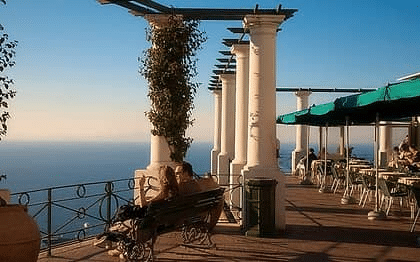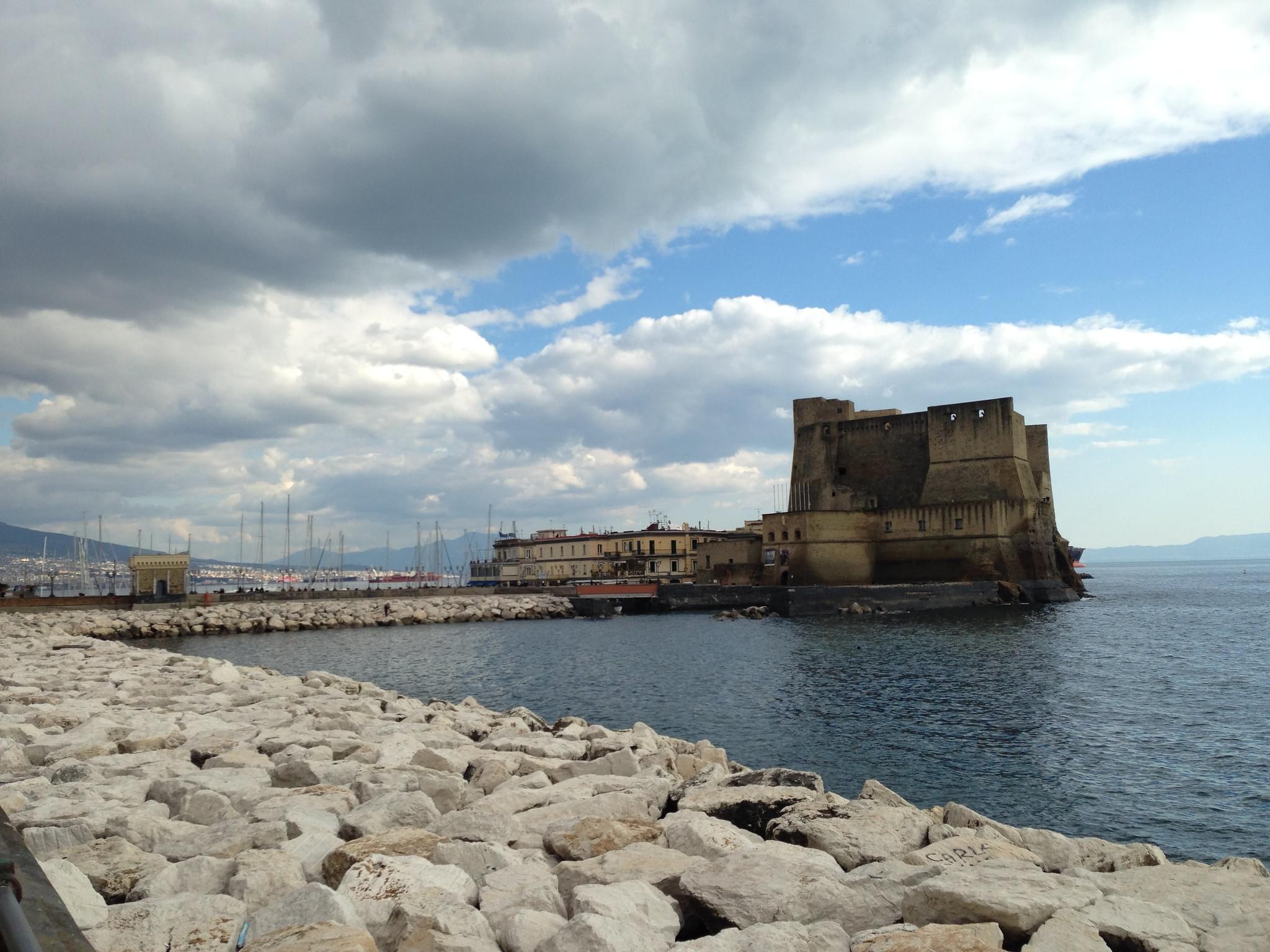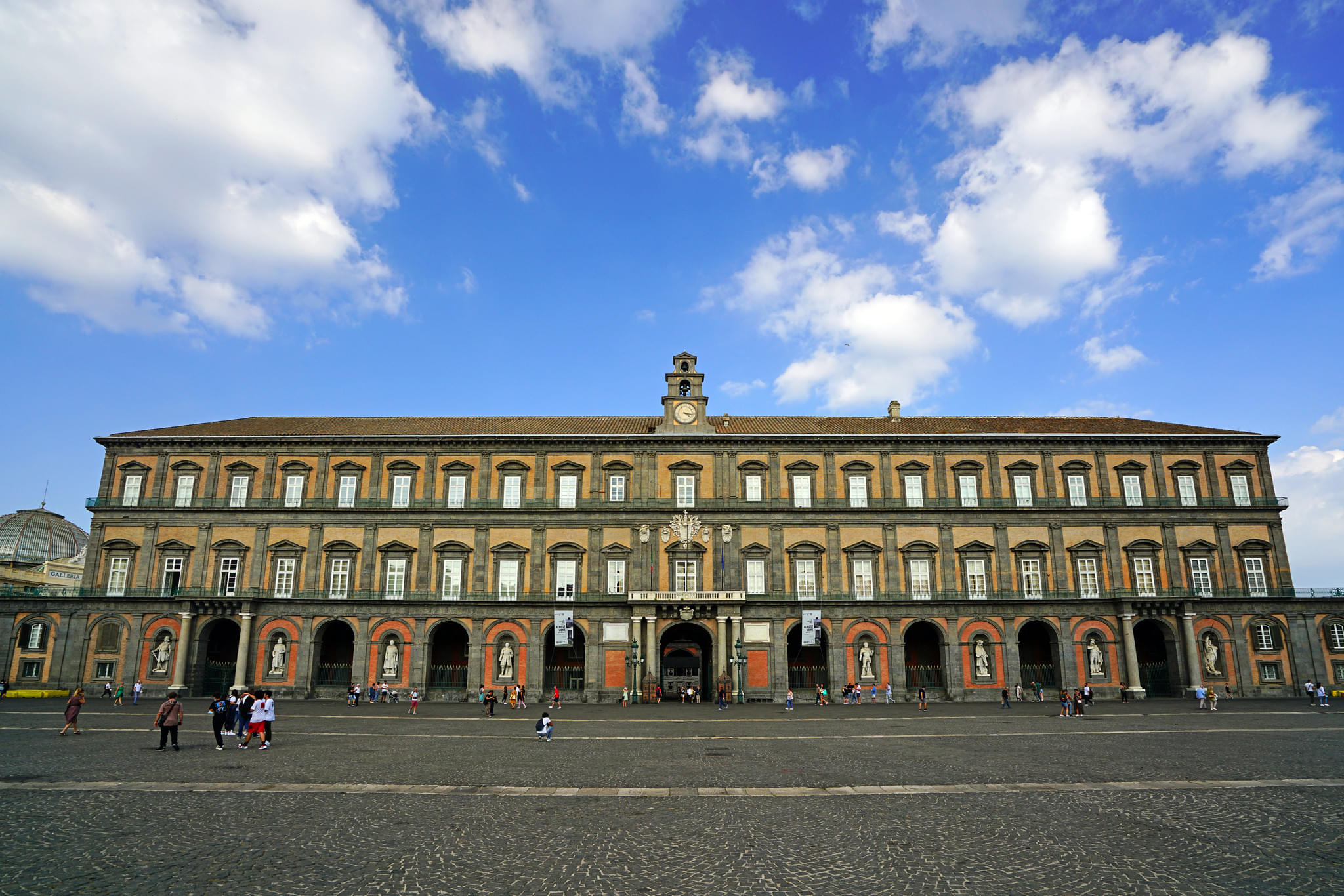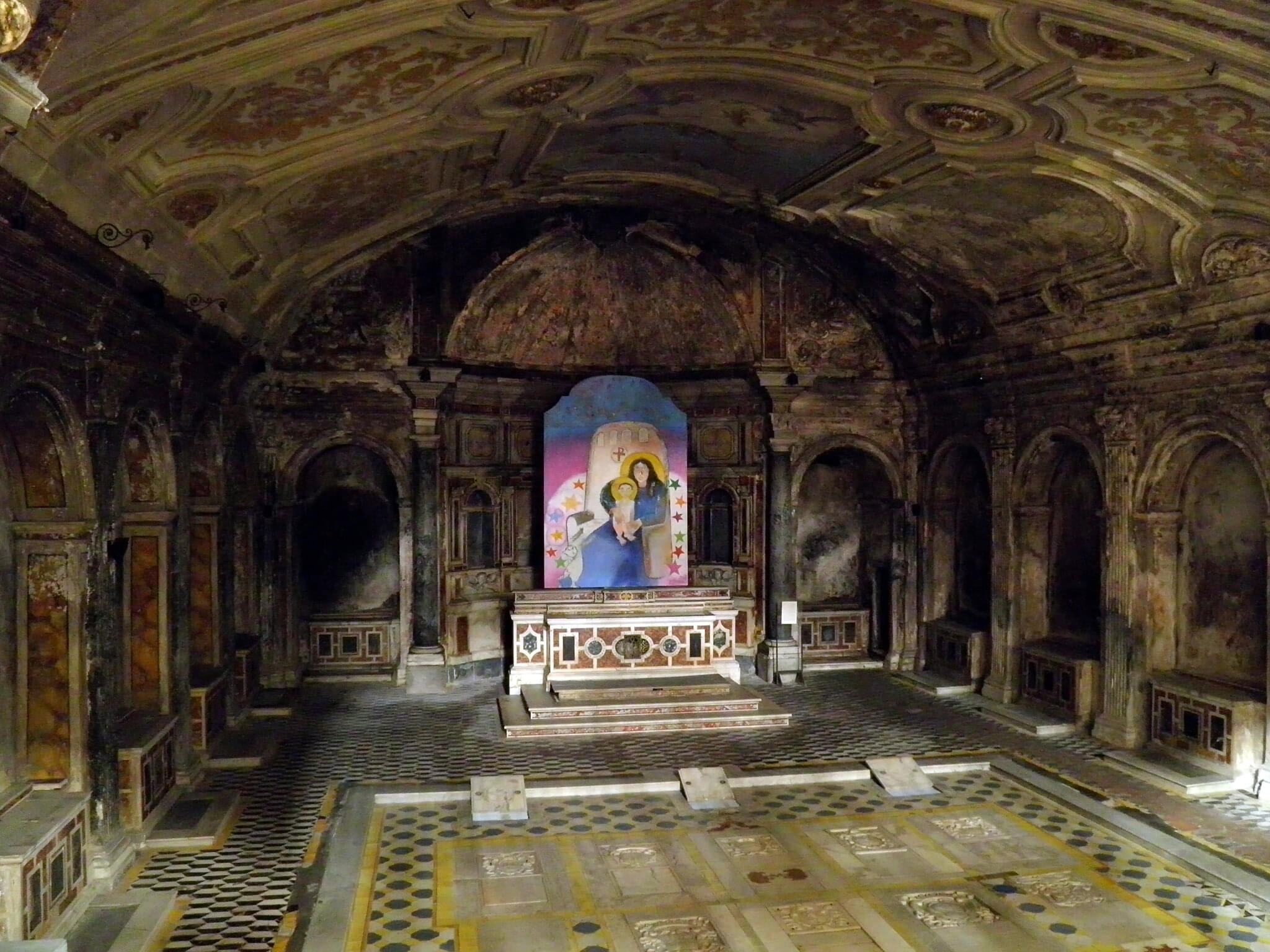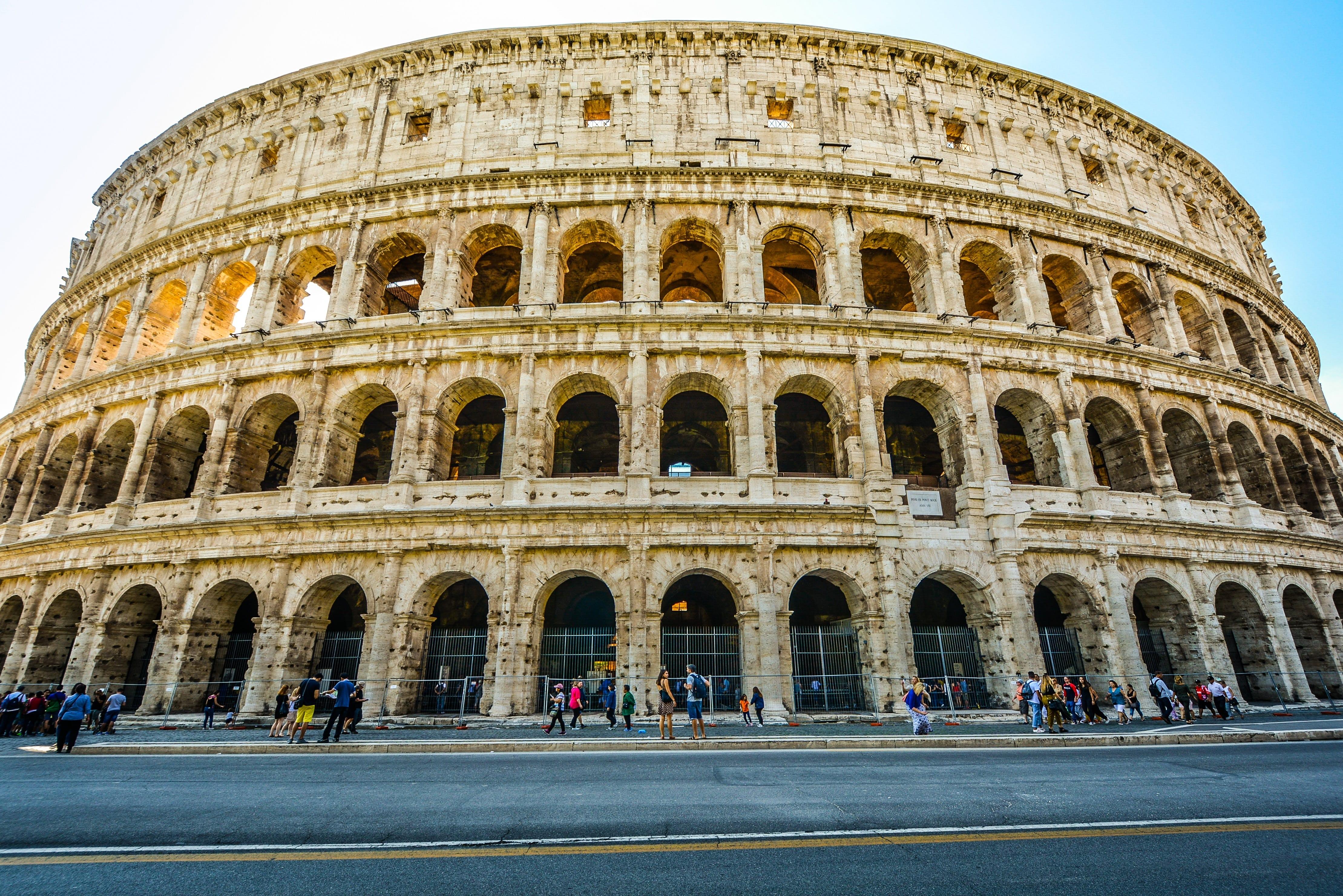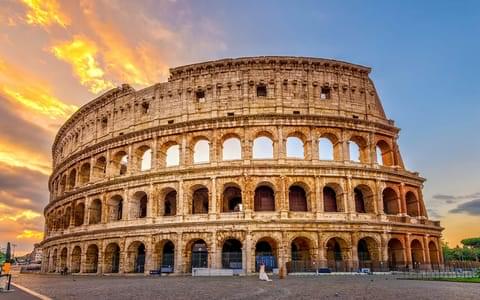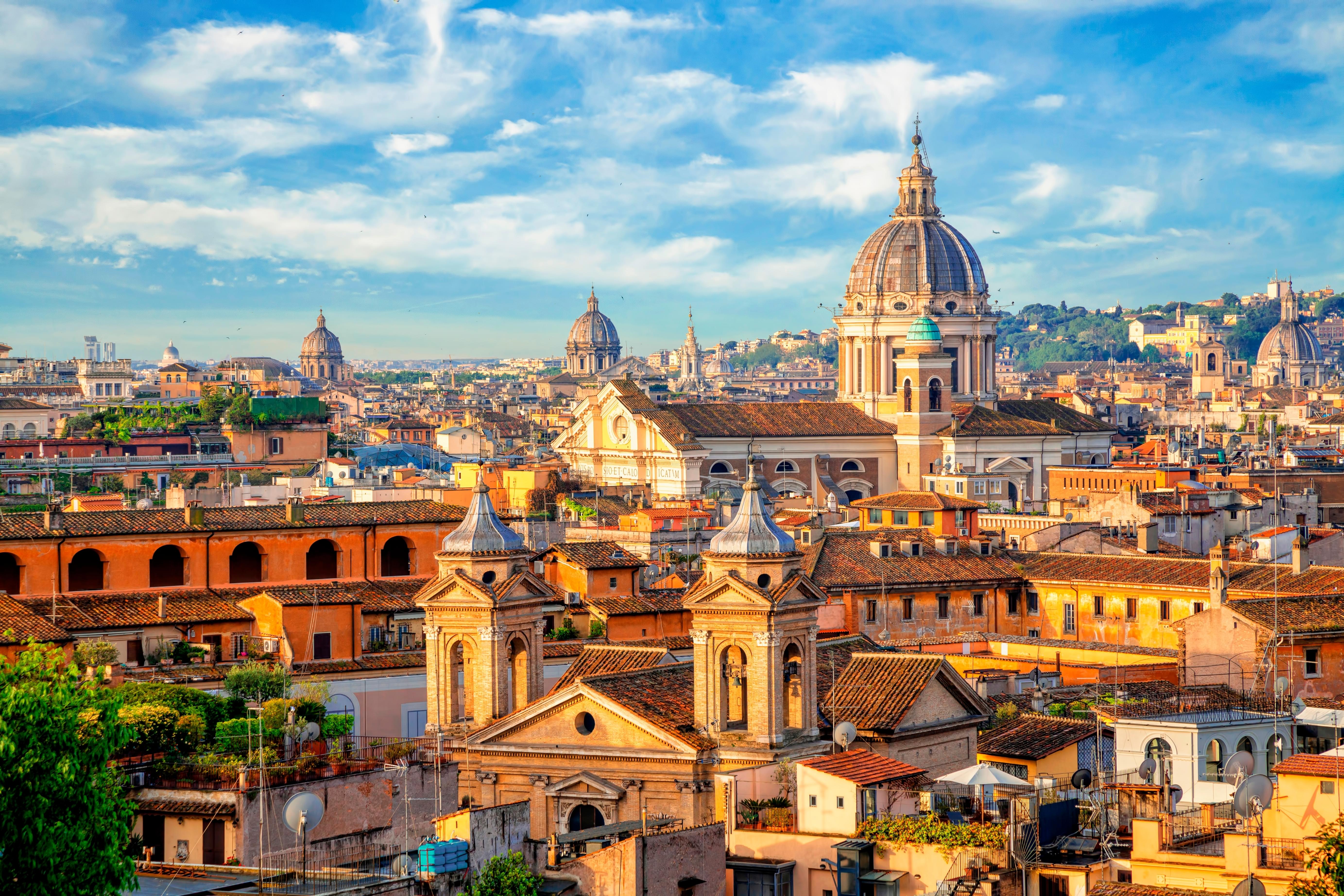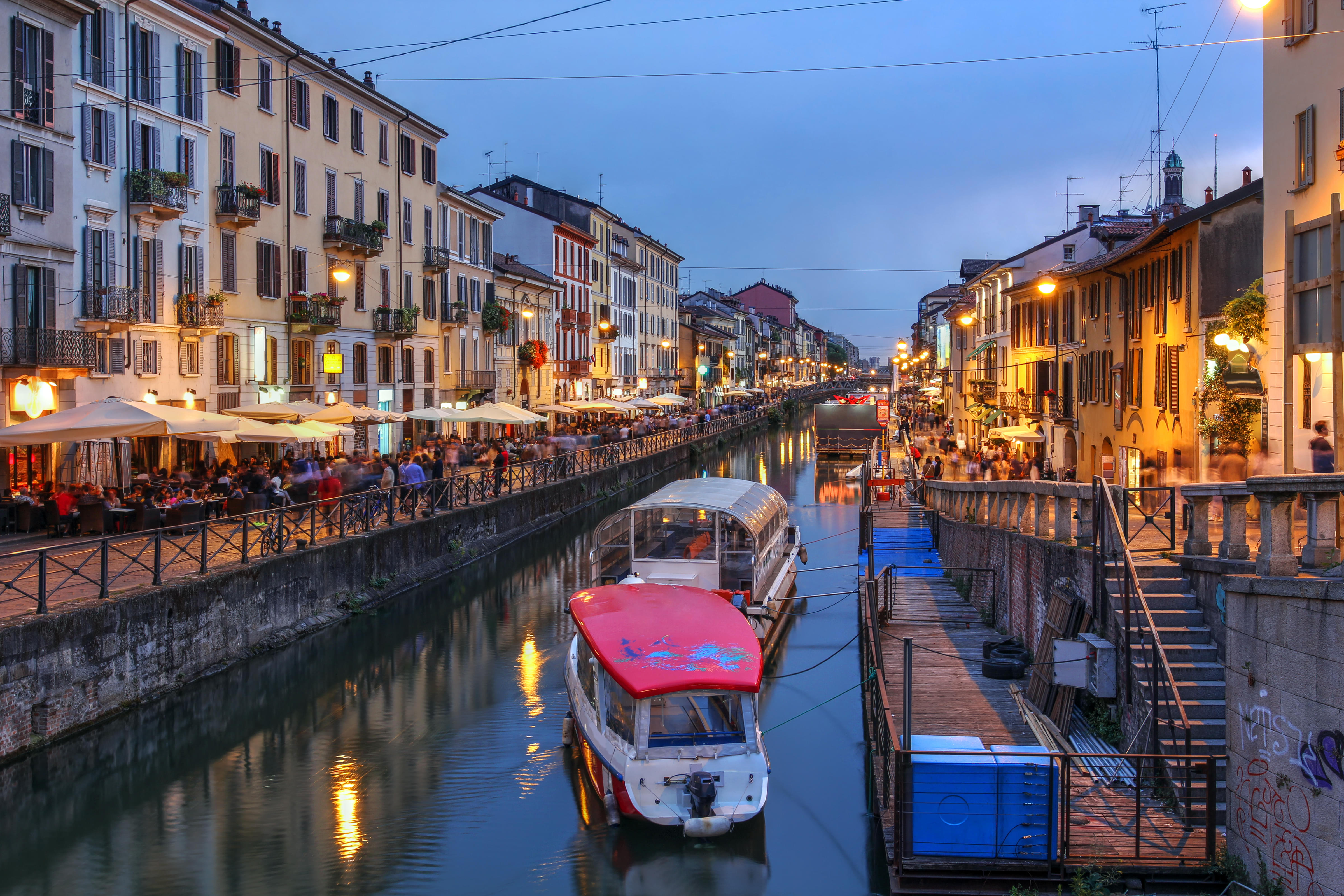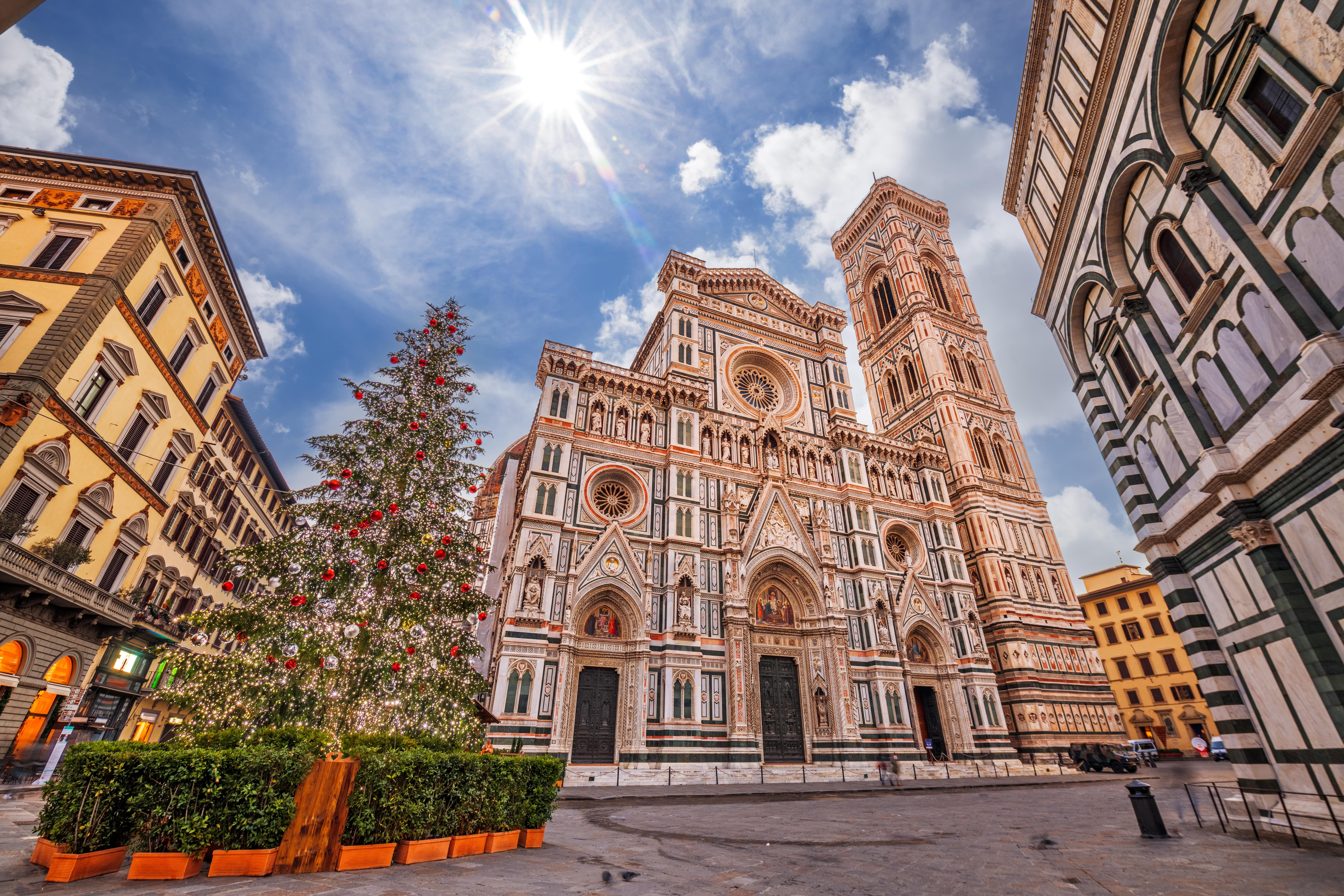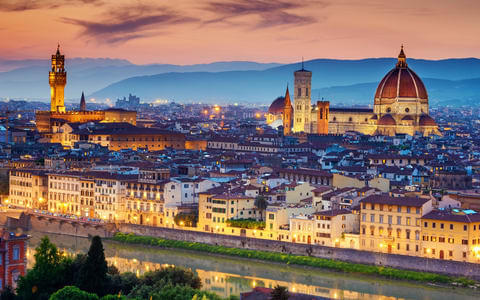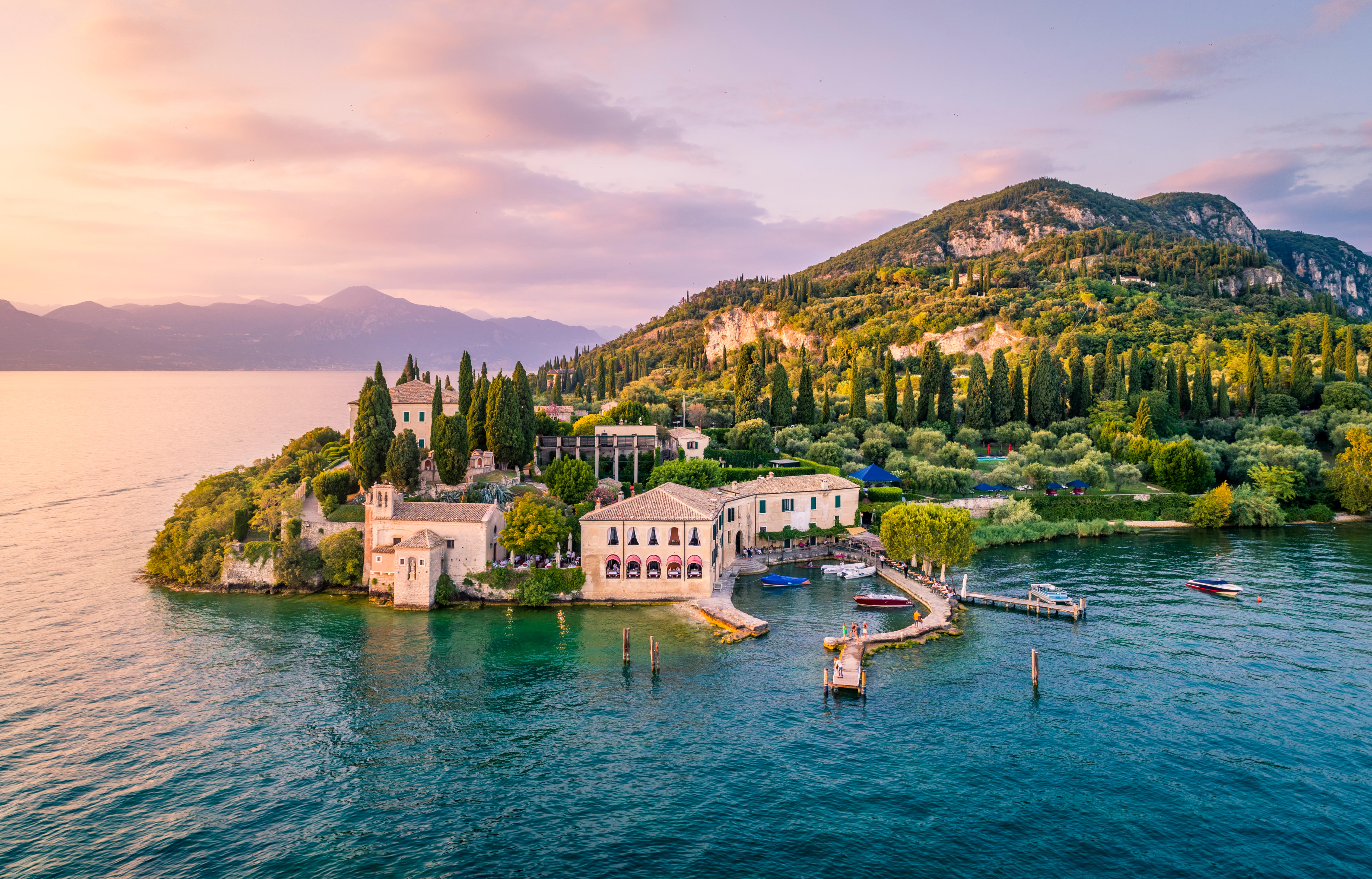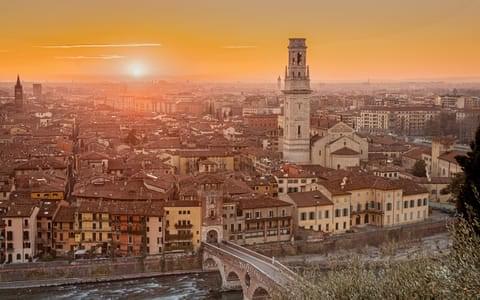The Pompeii Archaeological Site is one of the most extraordinary and well-preserved remnants of ancient Roman civilization. Located near modern-day Naples, Italy, Pompeii was buried under a thick layer of volcanic ash and pumice following the catastrophic eruption of Mount Vesuvius in 79 AD. This sudden burial preserved the city remarkably well, offering an unparalleled snapshot of daily life nearly 2,000 years ago.
Visitors to Pompeii can explore an extensive layout of streets, homes, shops, temples, and public baths, all frozen in time. The site is famous for its detailed frescoes, mosaics, and even the haunting plaster casts of the victims, capturing their final moments. Pompeii's excavation, which began in the 18th century, continues to this day, revealing new insights into Roman culture, architecture, and society. This UNESCO World Heritage Site remains one of the world's most important archaeological treasures, drawing millions of visitors each year.
Must Checkout: Italy Tour Packages
Also Checkout: Italy Honeymoon Packages

.jpg?w=1440&dpr=2)
